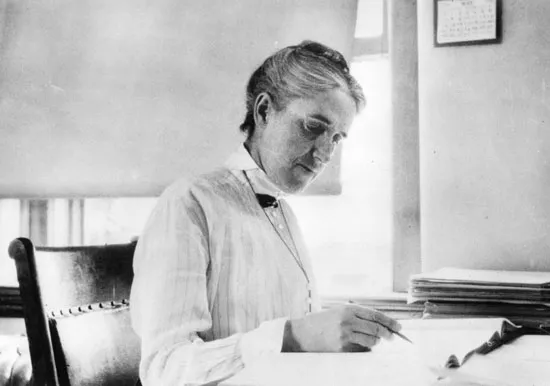Henrietta Lacks (1st August 1920 to 4th October 1951)
When Henrietta Lacks arrived at the reception of the John Hopkins Hospital in 1951 claiming she had a “knot” in a womb, she would not have known that some months later she would be dead. But if there has been one human being whose death has not been in vain, then it would be the death of this 31-year-old African American woman.
Dr George Gey treated Henrietta and as part of his medical investigation took some tissue samples from her womb. To study Henrietta’s ailment, cells from the tissue were placed in a culture of nutrients but instead of dying quickly, as was expected, they grew exponentially, doubling their numbers every 24 hours. Indeed, these cells appeared to be immortal.
What is special about these immortal cells?
Henrietta Lacks' cells began what was the first, and, for many years, the only human cell line able to reproduce indefinitely. Her cells, known as “HeLa” cells (for Henrietta Lacks), remain a remarkably durable and prolific line of cells used in medical research around the world. Just over the past several decades, this cell line has contributed to many medical breakthroughs, specifically in the areas of the development of polio and COVID-19 vaccines, the study of leukaemia, the AIDS virus and cancer research globally. HeLa cells have also been transported into outer space for research on the effects of zero gravity on human cells.
Suffice it to say that millions of lives have been saved as a result of research enabled by HeLa cells. Henrietta Lacks (or her family) never received financial compensation for her immense contribution. Indeed, as is stated on the cover of the book that narrates her life story, “no dead woman has done more for the living…”
Henrietta Leavitt (4th July 1868 – 12th December 1921)

Henrietta Leavitt was an American astronomer. Her research and work on the properties of a class of stars called “Cepheid Variables” resulted in “Leavitt’s Law”. In essence Leavitt’s Law links the period and luminosity of the pulsating Cepheid Variables stars, effectively providing a method of measuring the vast distances of interstellar space.
Before the work of Leavitt and later (Edwin) Hubble, it was common belief that all the stars of the Universe were within a singular galaxy – our Milky Way. Leavitt’s effort later allowed Edwin Hubble to conclude that the Universe was made up of a multitude of galaxies, our galaxy, the Milky Way, being only one of an estimated 2 trillion galaxies that make up the observable Universe.
It has also since been estimated that these 2 trillion galaxies contain more stars (with potentially earth-like planets) than all the grains of beach sand on planet Earth.
Take a bow Henrietta Leavitt for some fundamental work that led humankind on a pathway to even more knowledge about the unfathomable scale and structure of our Universe.

